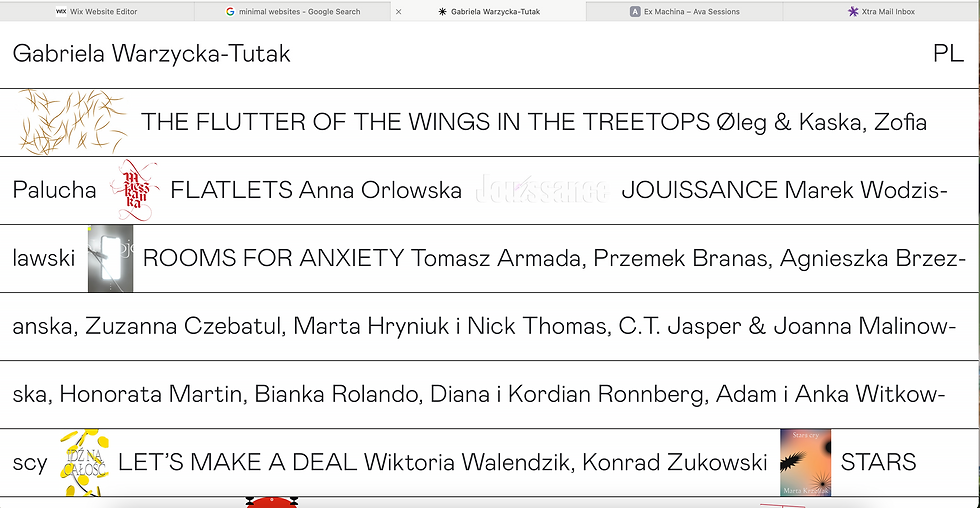Studio: open-source online artwork (website)
- celineframpton
- Nov 18, 2021
- 2 min read
Version #1 (from September seminar):
- More of a traditional archive feel
- organised into grid
- front images linking to the objects within
- excessive buttons not needed for my use
- has to outline + have an account with external webs tire to download .obj files
- submission element ?
----
I've been experimenting with how the open-source website could in itself be an artwork. Moving away from the "archive" type website I had in September critiques.
I had done some tests with Mozilla Hubs, "Meet, share and collaborate together in private 3D virtual spaces" (https://hubs.mozilla.com) , but it felt too game like . It introduced the idea of an online "space" that could be inhibited, moved through and that uses could communicate via chat + speech. - almost like a shared collection room or virtual exhibition space...I'm not overly interested in creating a counterpart for my physical installation.
What I did like is that user could upload their creation themselves (but this could also introduce mediator/moderator issues with people adding randoms thing not inline with the idea of objects.. such as random YouTube videos or emojis etc.)
Download was only capable via out-linking to another website.
I tried making a void space ... but it was almost too expansive. too hard to navigate
-----
Version #2:
- Website as online internet art...
Considerations when making:
- Referencing Internet art - via artists.
- I was influenced by the first web page (below) which was very minimal stylistically - just text, left aligned, with Blue hyperlinks and purple listed links.

First website, CERN, http://info.cern.ch

WorldWideWeb Browser - 1990, CERN, https://worldwideweb.cern.ch

Line mode browser, 1992, CERN, https://line-mode.cern.ch/www/hypertext/WWW/TheProject.html
"Tim Berners-Lee, a British scientist, invented the World Wide Web (WWW) in 1989, while working at CERN. The web was originally conceived and developed to meet the demand for automated information-sharing between scientists in universities and institutes around the world....On 30 April 1993, CERN put the World Wide Web software in the public domain. Later, CERN made a release available with an open licence, a more sure way to maximise its dissemination. These actions allowed the web to flourish."
"The birth of the Web",CERN, https://home.cern/science/computing/birth-web
I was interested in how web design has although more elegantly returned to minimal design - especially in artist websites. I also enjoyed the transparency of links used in early web design, which aligns with the ideas of transparent of technology / underlying systems I explored in the sound playing objects from mid-year.
https://ava-sessions.com

http://gabrielawarzycka.com/en/

https://studiolathe.com

nikalarosen.se

- Non-linear identification - instead of 1 / 2 / 3 or a / b / c , which alludes to a sequence - I was more interested in using keyboard symbols or characters and using them as images rather that signs that have meaning.
- using images as a kind of codex or memorabilia that (when clicked) goes to a 3D object + download
- Having an upload page which allowed people to return their objects or modification of Oarch objects back into the platform. A kind of cyclical thing. - presentation of the site still down to me not completely open as with tests with Mozilla Hubs
- thinking about Creative Commons, open-source etc




Comments